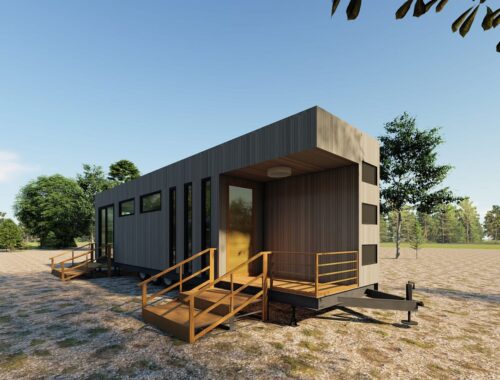The Rise of 3D Fashion Designers: Revolutionizing the Fashion Industry
| In the ever-evolving world of fashion, where style meets technology, the rise of the *3D fashion designer* is nothing short of a revolution. As traditional methods gradually make room for technological innovation, these digital artisans are redefining how garments are conceived, developed, and delivered. The future of fashion is now intricately linked with 3D design, promising not just innovation but sustainability and efficiency.
**The Emergence of 3D Fashion Design** One of the most significant shifts in the fashion industry is the integration of **3D technology**. This advancement enables designers to create intricate virtual models of garments that can be thoroughly assessed and altered before any physical material is cut. By employing 3D software, designers can reduce material waste, streamline the design process, and bring their *creative visions* to life with precision and speed. *Click here to learn more about 3D fashion design tools and their impact on sustainability* [3D Fashion Design](). **Key Benefits of 3D Fashion Design** 1. **Sustainability and Waste Reduction** One of the primary benefits of 3D fashion design is its potential for sustainability. By crafting digital prototypes, designers can make adjustments without the need for physical samples, significantly reducing fabric waste. This technology aligns with the growing demand for *sustainable practices* within the fashion industry, making it an appealing choice for eco-conscious brands and consumers alike. 2. **Faster Turnaround Times** The traditional design process can be time-consuming, involving numerous samples and fittings. However, with the aid of *3D modeling*, these processes are expedited, allowing for faster product development cycles. This speed is crucial in an industry driven by seasonal trends and fast fashion. **Case Study: A Digital Transformation** Consider the case of designer Julia, who embraced 3D fashion technology to elevate her brand. By adopting a virtual design platform, she was able to save 30% on production costs and reduce lead times by nearly 50%. Her ability to visualize and modify designs in real-time not only increased efficiency but also opened avenues for global collaboration, where clients could virtually experience her collections without logistical constraints. **Challenges and Future Prospects** Despite the numerous advantages, the transition to 3D fashion design is not without challenges. The **initial cost** of purchasing and integrating advanced software can be a barrier for small brands. Additionally, training designers to fully exploit these tools requires time and investment. However, as the technology becomes more accessible and its benefits more apparent, these challenges are likely to diminish. *Explore the latest 3D design software and training options* [here](). **Conclusion** The emergence of the 3D fashion designer represents a paradigm shift in how we view and create fashion. By marrying technology with creativity, the fashion industry stands at the cusp of a digital transformation that promises not only aesthetic innovation but a commitment to a more sustainable future. As we move forward, the potential for *personalization, global collaboration*, and reduced environmental impact ensures that 3D fashion design will play an integral role in shaping the industry’s future. |
You May Also Like

WHY ELECTRIC TRICYCLES FROM CHINA ARE TRANSFORMING GLOBAL TRANSPORTATION: A GUIDE TO CHOOSING THE BEST MODEL
December 31, 2024
ユニットハウスのメリットとデメリットを徹底解説
March 22, 2025